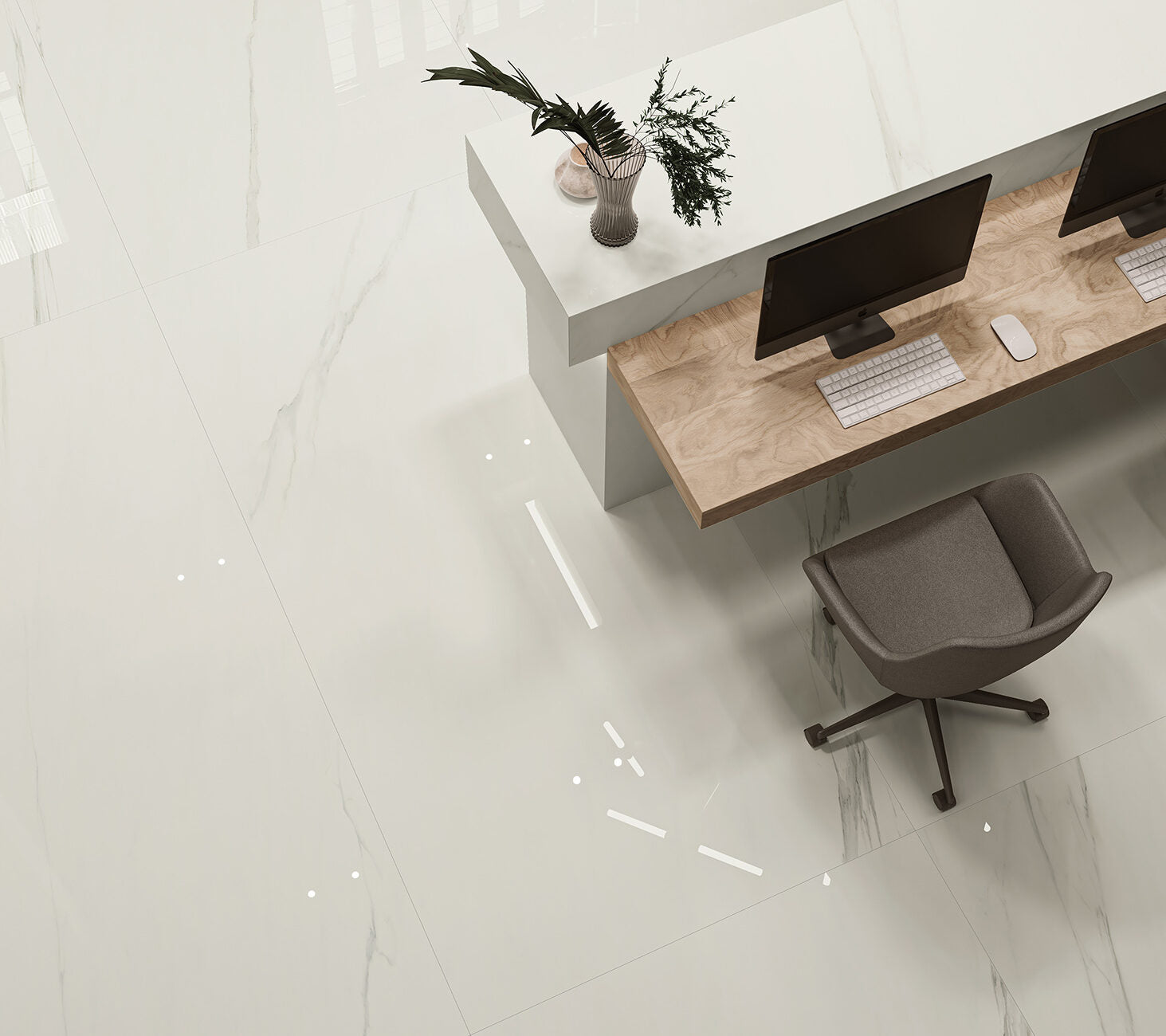Cement tiles have taken the interior design world by storm, thanks to their captivating patterns, a kaleidoscope of colors, and rock-solid durability. These tiles are your top choice for floors and walls, surpassing the lifespan of ceramic tiles and hardwood flooring.
Yet, even though cement tiles are built to last, they still deserve some tender loving care. This friendly guide offers insights into preserving the charm and vitality of your cement tiles, ensuring they continue to shine without a hint of fading, scratches, or cracks.
Keeping Your Tiles at Their Best
Taking care of your cement tiles is a breeze, and it's all about cherishing their handcrafted allure. Begin with a simple regimen of regular mopping using clean water and a gentle, neutral cleaning solution.
To keep your cement tiles in tip-top shape, the key is swift action when life's little accidents happen. Spills should be wiped up immediately, and a good drying with a clean cloth is vital to ward off stubborn stains. Remember, cement, like natural stone, can be quite absorbent. Over time, those errant drops of wine, soda, or even water can leave lasting impressions.
For extra TLC, consider placing welcoming mats at entryways to shield against heavy traffic and prevent undue wear and tear.
And if your cement tiles are brave soldiers in high-traffic or outdoor areas, occasional refinishing may be in order. Just like natural stone, they can be revived with a gentle touch – a fine-grit (around 600) wet-dry sandpaper session to reveal a fresh, vibrant layer just below the surface.
A Few Dos and Don'ts for Cleaning
When it comes to maintaining your cement tiles, here are some friendly reminders:
- Sweep your tiles daily to sweep away the dirt and debris of daily life.
- Give them a good bath with water and mild, pH-neutral soap weekly to monthly, ensuring no residues harden into stubborn stains.
- Avoid acidic cleaners and bleach – they're no friends of your tiles or their protective seal.
- Detergents are no-go zones; they can leave unsightly residues that make a haven for dirt and debris.
Tackling Stains with Ease
Even though your cement tiles are sealed, stains can still happen if you let them linger. Stains come in different flavors:
- Organic stains (like food and beverages)
- Naturally-occurring stains (like mildew and mold)
- Grout and mortar residues
- Inorganic stains (like rust and metal stains)
- Oil-based stains (such as cooking oils and grease)
- Paint and ink stains
Here's how you can send these stains packing:
- For organic stains, create a stain-busting poultice with hydrogen peroxide and unscented baby powder or talcum powder.
- Use gentle, wet-dry sandpaper (around 600 grit) with plenty of water for organic stains or naturally occurring stains.
- Grout and mortar residues can be tackled with clean water and a soft-bristle brush or fine wet-dry sandpaper.
- Inorganic stains require a liquid poultice solution or, as a last resort, oxalic acid – a rust-fighting hero.
- For ink and oil stains, various solutions await, from hydrogen peroxide and acetone to mineral spirits.
The Final Touch: Resealing
Most cement tiles will appreciate a fresh coat of sealer every 2-3 years. As there are various sealers to explore, this topic will be unpacked in a follow-up post.
Expert Support for Your Cement Tiles
Whether you're looking to maintain your cement tile haven or embark on a project with these stunning tiles, our team of experts is at your service. Delve into our wide collection for inspiration or let our design professionals guide you through custom cement tile designs. Don't hesitate to reach out for the finest advice and professional support in cherishing and acquiring these exquisite, artisan-made cement tiles!





